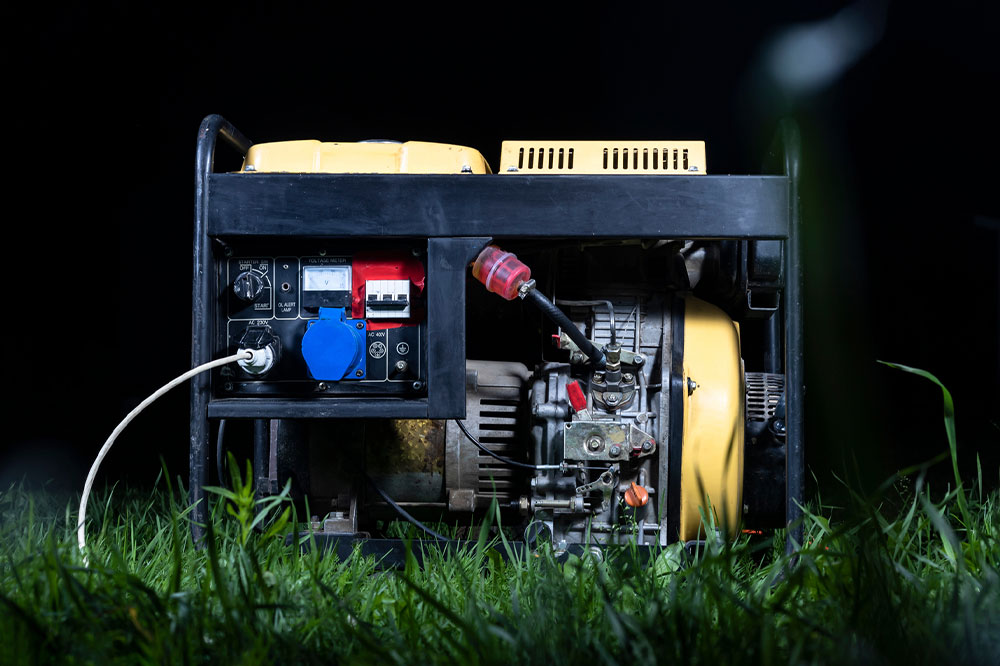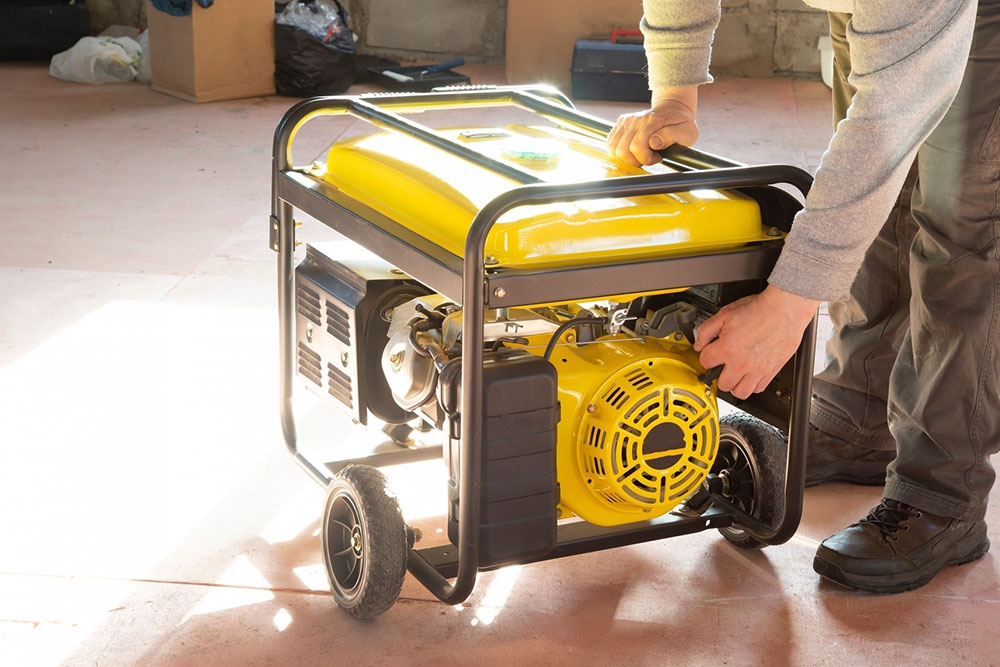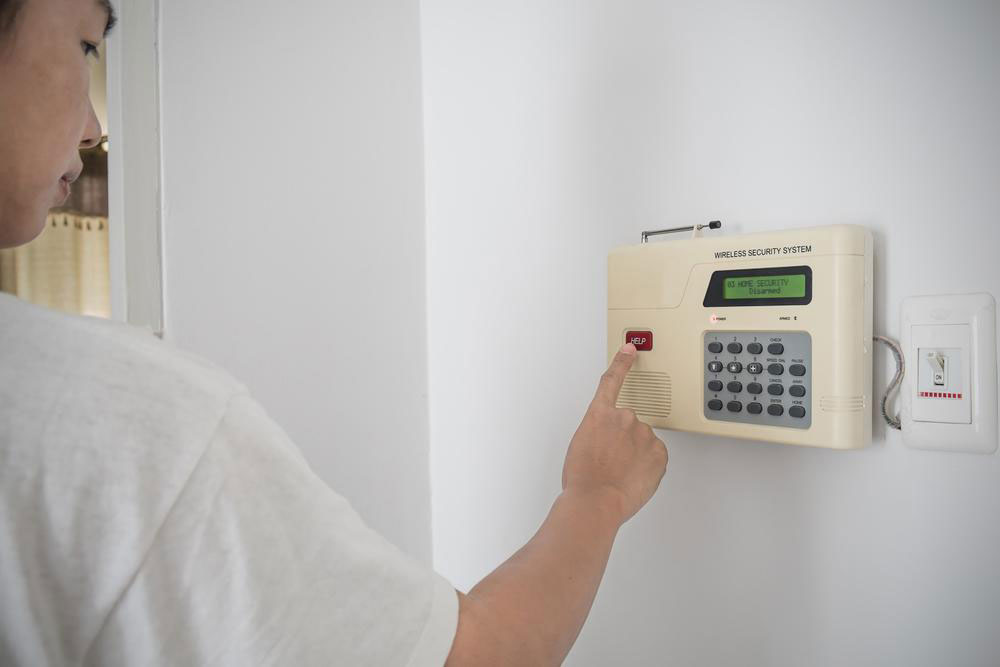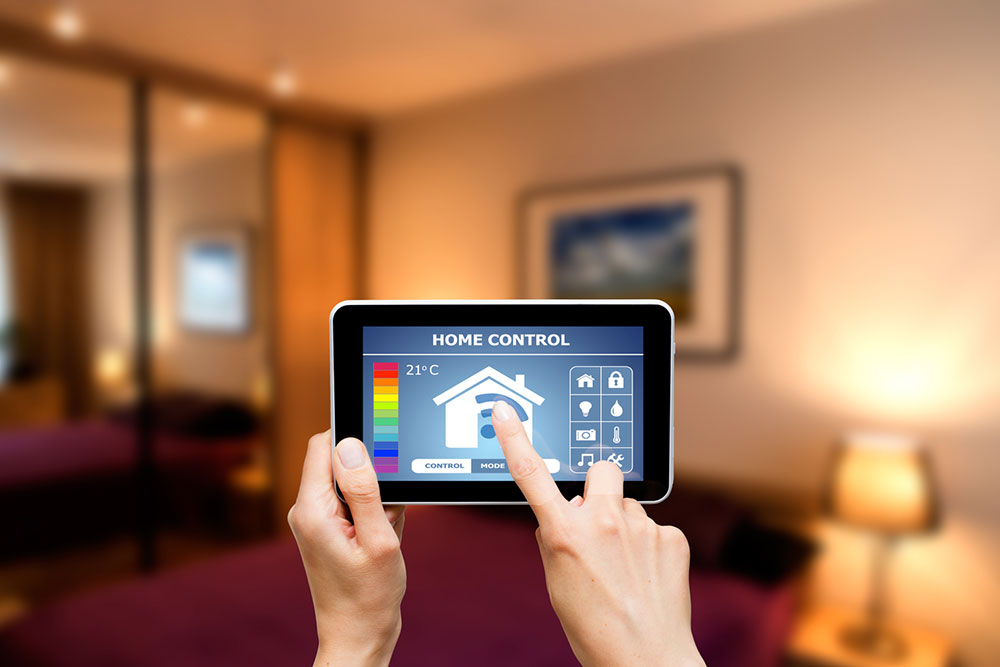Essential Guide to Residential Power Generators
This comprehensive guide explores various types of residential generators, including whole-house, portable, and inverter models. It provides insights on operation, safety, and selection criteria to ensure reliable backup power tailored to your needs. Proper understanding helps homeowners prepare for outages, ensuring safety and continuous power supply during emergencies.
Essential Guide to Residential Power Generators
Residential generators supply electricity to your home’s appliances and electronics during power outages or emergencies. They are vital safety devices that keep lights, critical appliances, and essential medical equipment operational during blackouts. For areas prone to frequent outages, a home generator minimizes disruption and reduces safety risks.
Whole-house generators
These systems automatically activate during a power failure, providing continuous electricity to the entire home. Installed permanently, they run on fuels like natural gas or propane and can power the whole house or selected circuits. When choosing a model, consider noise levels and self-diagnostic features. Typically costing between $6,000 and $11,000 including installation, they offer reliable backup power.

Portable generators run on gasoline or diesel and supply power to small household devices like refrigerators, computers, and TVs. They are portable units with outlets for direct appliance connection or can be integrated into your home’s electrical system through a professional setup.
Inverter generators
Designed to deliver cleaner, stable power suitable for sensitive electronics, inverter generators are compact, quieter, and more efficient than standard models. They convert AC to DC and back to AC, modulating engine RPM to match power demand. While they don’t support full home operation, they’re ideal for powering small appliances during emergencies.
How do gas-powered backup generators operate?
Home backup generators fueled by gas or propane operate via combustion engines that produce electricity. They automatically turn on during outages, providing power for essential needs such as lighting, cooling, and refrigeration. Smaller models focus on critical circuits, while larger units can support entire homes. Maintenance and fuel levels are key to reliable operation.
Are home generators noisy?
Noise levels vary based on generator size. Larger, powerful units tend to be louder, whereas portable models usually operate more quietly. If noise is a concern, soundproof enclosures or acoustic barriers can help reduce disturbance. Regular maintenance can also prevent excessive noise.
Generator startup time
The time taken for a generator to start depends on its design. Many models have a delay feature that ensures stability after an outage. Once initiated, the engine warms up and reaches full power within minutes, providing reliable emergency backup.
Safety Tips for Using Home Generators
Choose a generator appropriately sized for your home’s needs
Place it away from water sources and enclosed spaces
Use proper extension cords and avoid indoor operation to prevent carbon monoxide buildup
Store fuels safely and follow local emission regulations
Summary
To select the best home generator, determine your power needs and outage frequency. Always operate generators at least 20 feet away from the home to ensure safety and efficiency. Proper handling and regular maintenance are key to reliable backup power during emergencies.










